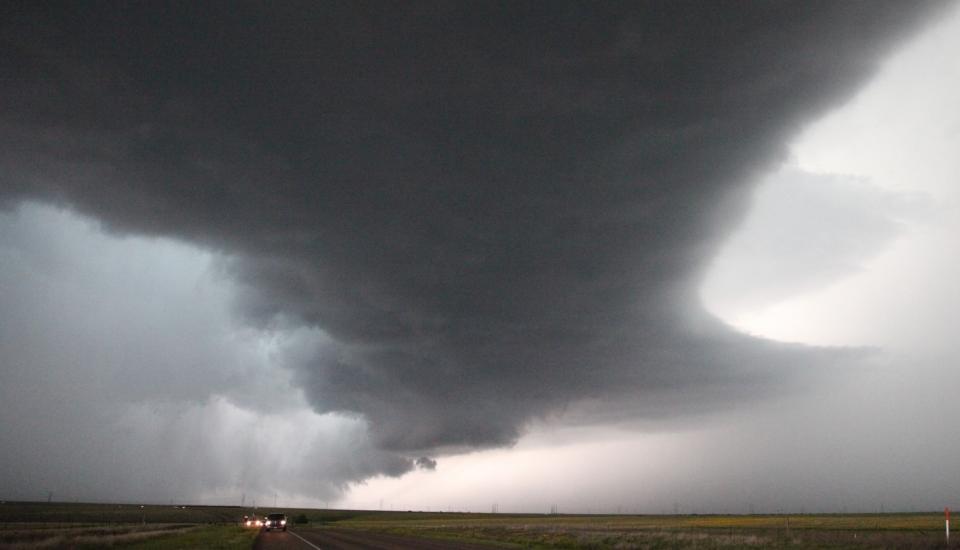
PUBLICATIONS
Published works

Impact-based forecasting for the coastal zone: East Coast Lows - final project report
| Title | Impact-based forecasting for the coastal zone: East Coast Lows - final project report |
| Publication Type | Report |
| Year of Publication | 2021 |
| Authors | Richter, H, Arthur, C, Wilke, D, Dunford, M, Wehner, M, Ebert, B |
| Document Number | 647 |
| Date Published | 03/2021 |
| Institution | Bushfire and Natural Hazards CRC |
| City | Melbourne |
| Report Number | 647 |
| Keywords | coastal, east coast lows, Forecasting, zone |
| Abstract | The Bushfire and Natural Hazards CRC project Impact-based forecasting for the coastal zone: East-Coast Lows set out in 2017 to demonstrate a pilot capability to deliver wind and rain impact forecasts for residential housing from an ensemble of weather prediction models runs. The project was a collaborative effort between the Australian Bureau of Meteorology (Bureau) and Geoscience Australia (GA). The project was initially focused on the wind and rainfall impact from the 20-22 April 2015 east coast low event in New South Wales (Wehner and Maqsood 2015). The wind and rainfall hazard data were provided by a 24-member ensemble of the Australian Community Climate Earth System Simulator (ACCESS; Bureau of Meteorology 2018) model on a 1.3 km grid, with damage data provided by NSW State Emergency Services (SES) and the Emergency Information Coordination Unit (EICU. Exposure data were sourced from the National EXposure Information System (NEXIS; Nadimpalli et al. 2007; Power et al. 2017) at GA. Heuristic wind vulnerability functions, derived in a previous project, were also provided by GA, while no large-scale rain vulnerability relationships existed. Through the utilisation of GA’s HazImp software, we developed and tested a workflow that integrated the numerical weather forecasts, vulnerability relationships and exposure data at the community level, and early in the second year of the project we started producing the first spatial quantitative wind impact plots. The multi-hazard nature of the east coast low event, the relatively low wind speeds relative to the design wind speeds for the affected residential buildings and the available damage assessment data made attributing the observed building damage to a single hazard such as wind or rain difficult. Wind damage to residential housing in this case was largely due to tree fall, as opposed to structural failure, while the most severe damage for the Dungog event was due to flood inundation. To increase the utility of the damage assessment data we recommended early in our project that the SES/EICU damage survey templates should record multiple damage states and linkages between damage and the associate hazard(s). Such expanded recording practices would lead to improvements in the development of the hazard-damage relationships, a requirement for progress in quantitative hazard impact modelling. Additional uncertainty arose through the NEXIS exposure data which are statistically inferred at the Dungog township and are therefore merely indicative of the actual building attributes. During the second year of the project a range of scope reductions were introduced in response to our previous and emerging findings during this second year.
The project set up the end-to-end workflow from wind hazard to spatial impact. These spatial impact outputs were delivered into the Visual Weather system at the Bureau of Meteorology, foreshadowing the possibility of easily achievable future visualisation to operational meteorologists. To evaluate the performance of the quantitative wind impact forecast that we had produced, very careful and detailed processing of the available damage data was needed to remove damage reports due to tree fall, as opposed to structural failure, rain ingress, and flood inundation. We have now shown that the inclusion of exposure and vulnerability information can outperform a wind impact forecast that only uses a plain wind hazard prediction. In other words, the Dungog case study suggests that the extra effort needed for the quantitative inclusion of exposure and vulnerability information is a promising approach in the pursuit of future quantitative impact forecasts in Australia. To gain a better understanding of how other agencies have approached the wind impact prediction problem, we also conducted an extensive literature search which resulted in a selective summary of meteorological hazard impact prediction systems. These findings have been submitted to the Australian Journal of Emergency Management as a review paper. We finally applied our impact forecast methodology to a second extreme weather case during May 2020 in Perth. An extra-tropical cyclone produced widespread wind damage with wind gusts in excess of 100 km/h recorded over many hours. In this case we found that wind impact forecasts are sensitive to the fluctuations in wind gust forecasts produced by the Bureau’s high-resolution real-time weather prediction models. Alongside the multi-hazard nature of damage to residential buildings, this impact sensitivity to the hazard constitutes a second complication for the quantitative prediction of wind impacts. |
| Refereed Designation | Refereed |
Published Works


